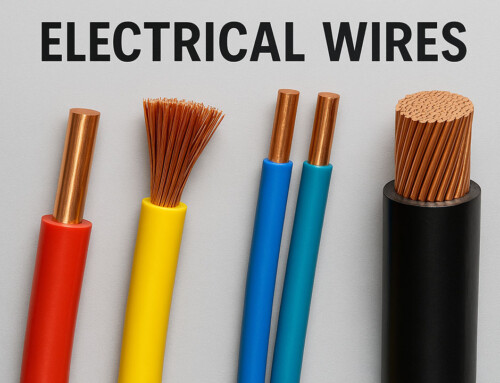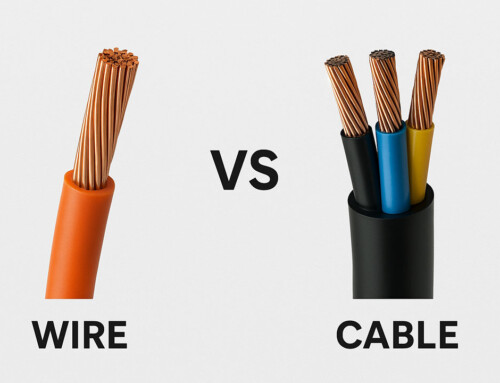Table of Contents
A switch, at its core, is something that will allow the current to flow or stop it from flowing. You use switches throughout your day and almost every aspect of your life for lights, fans, appliances, elevators, etc. Here we’ll look at different types of electrical switches, the differences between them, as well as their most common uses based on type.
Primary Types
There are two main types of categories into which switches can be divided, which are:
-
Mechanical Switches
These are switches that use a mechanical action, like the position of the button, to determine the state of the switch.
-
Electrical/Electronic Switches
These switches use electronic circuitry to determine the state of the switch.
Another way of categorizing the switches would be as late switches and momentary switches. A late switch continues to stay in its current state until it receives a new on/off request. The momentary switch is the opposite – it stays in its current state until it receives a specific request and does not respond to every request.
Mechanical Switches
There are several switches in this category, and these include:
- SPST – Single Pin Single Throw – This is a basic one-way switch. Upon pressing, the connection is made and the current flows, and vice versa.
- SPDT – Single Pin Double Throw – This is an improvement over the basic SPST. In this switch, two different connections can be made using the single switch.
- DPST – Double Pole Single Throw – This is similar to the SPST, but like two of them packaged together into one unit. As a result, two different connections can be operated with a single unit.
- DPDT – Double Pole Double Throw – This is similar to an SPDT, but like two of them stuck together in a single unit. In this case, two different connections can be established, similar to DPSTs. The difference is that each of them can be operated individually from separate switches.
- 2P6T – Two Pole Six Throw – This is a changeover type of switch that contains a common or COM that will link with a total of six connections. Controlling as well as operating the entire mechanism is done by the second two pole switch.
Electric and Electronic Switches
Mechanical switches are useful when there is a human being involved in the operation of the switch. There are other scenarios where the switches need to be operated automatically via micro controllers or microprocessors.
There are different types of switches in this category, which include:
- Transistors – A transistor is an electronic device that can be designed to act as a switch. In order to make this happen, the transistor will be supplied with a significant quantity of electricity at its base. This will force it to enter a mode called ‘deep saturation’ which is when it begins to act like a switch. If the base is receiving current, it will be at logic level 1 or it would be at logic level 0.
- Mosfets – When operated at high frequencies, a Mosfet will begin to behave like a switch. The Mosfet comes with three end points – Gate, Drain and Source. The Drain and Source work together to decide the logic level of the gate, based on the electricity flowing through them. Depending on the logic level of the Gate, the switch is either 0 or 1.
- Relays – The relay works using the principles of the electromagnet. Whenever current flows, the electromagnet becomes active. This would indicate that the switch is now on. When current is not flowing, it’s not a magnet and hence the switch is off.
To break the categorization down into its simplest form, mechanical switches are most often found in scenarios where a person is physically using them, for instance, a light bulb in a room. Electrical and electronic switches, on the other hand, are found in scenarios where the switches need to operate automatically, for instance, a warning light that goes off when there is a power surge.






